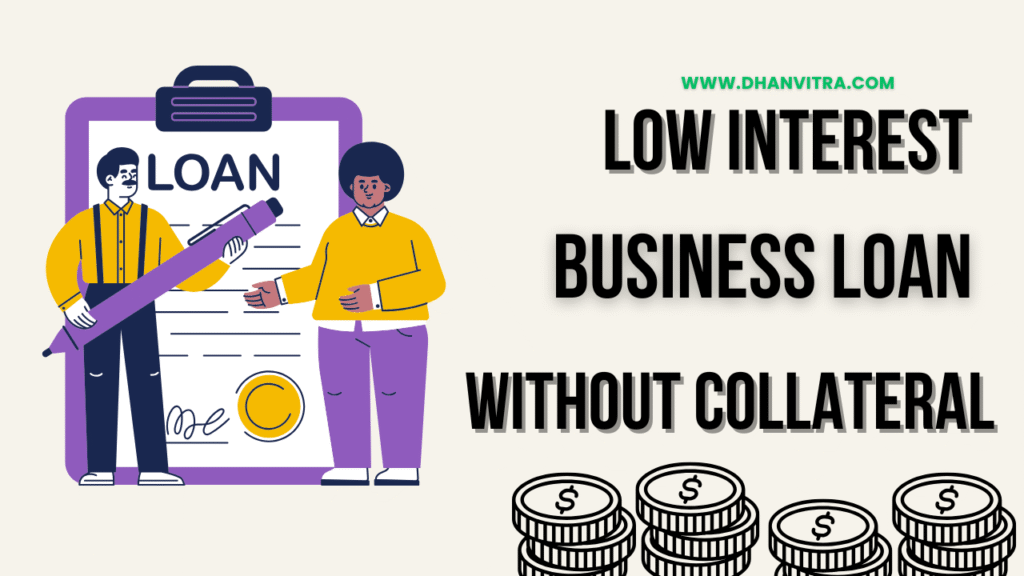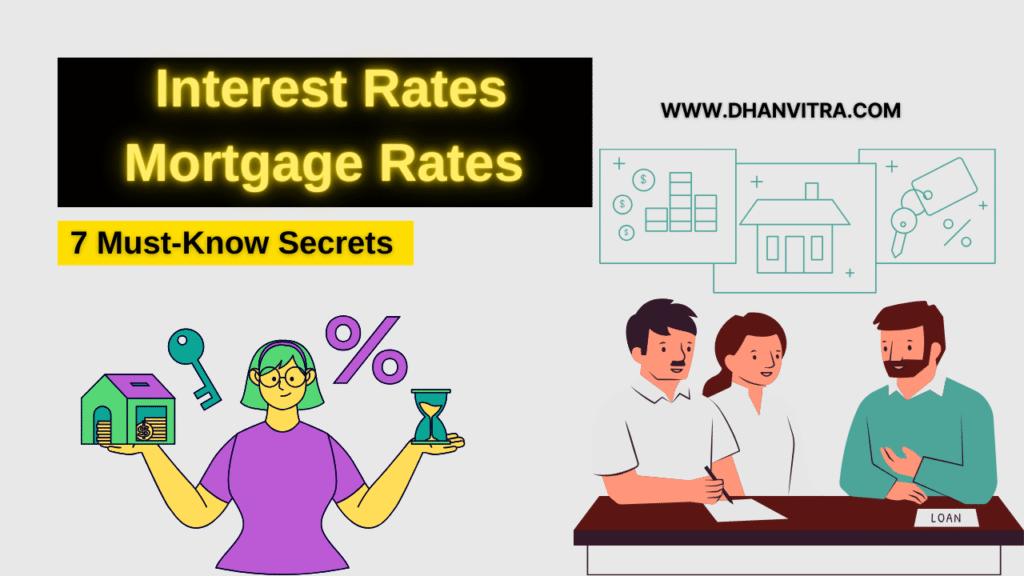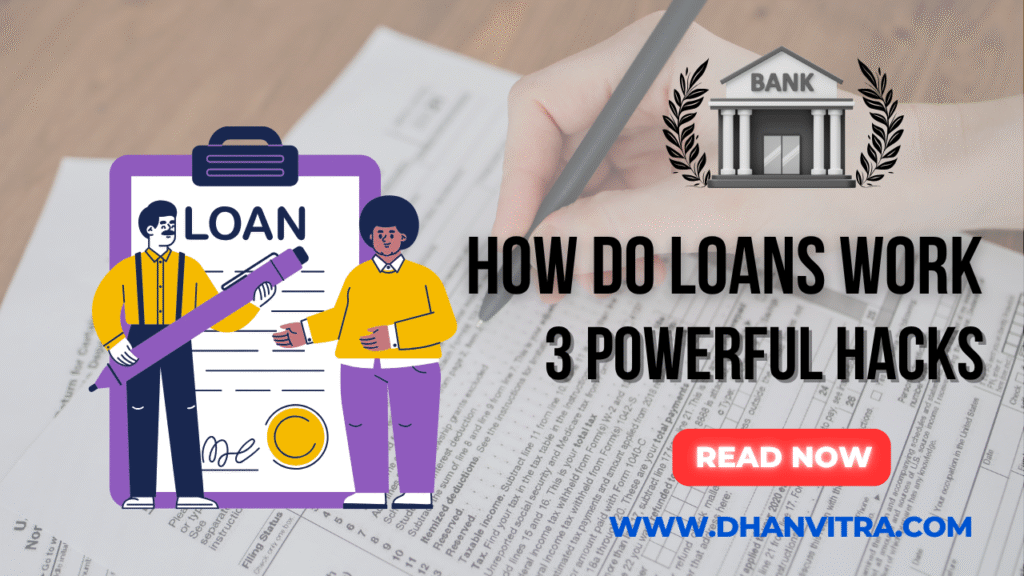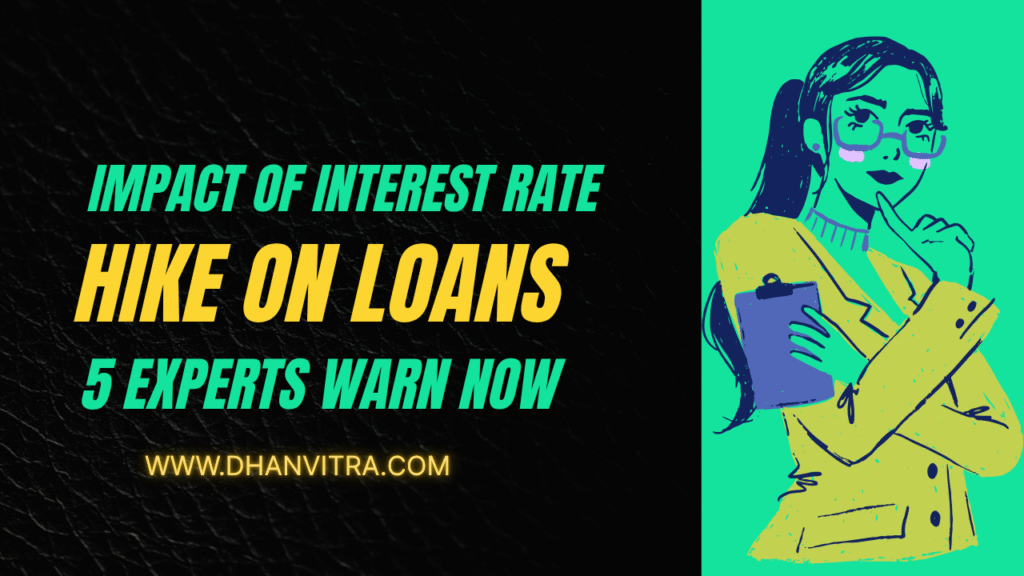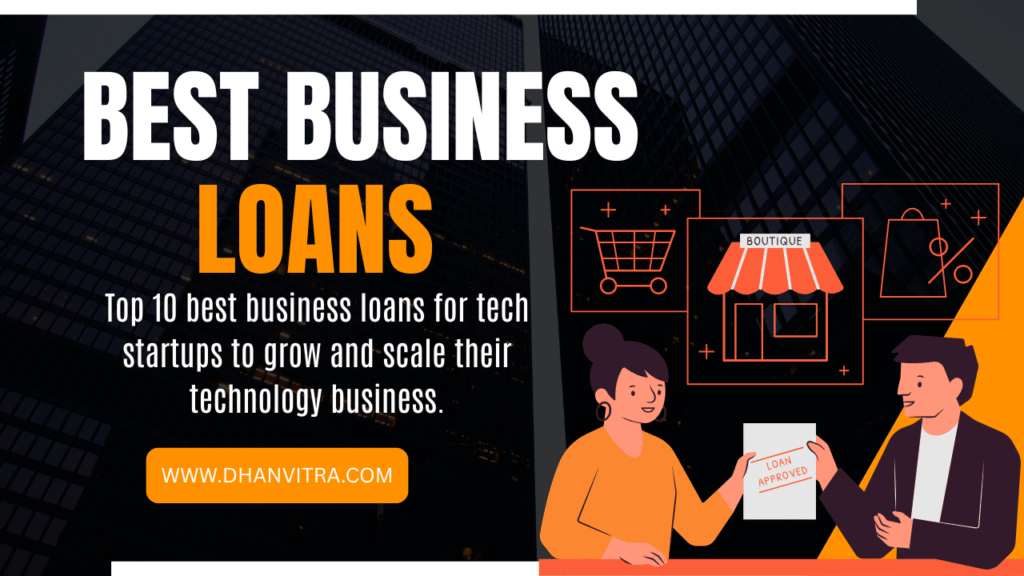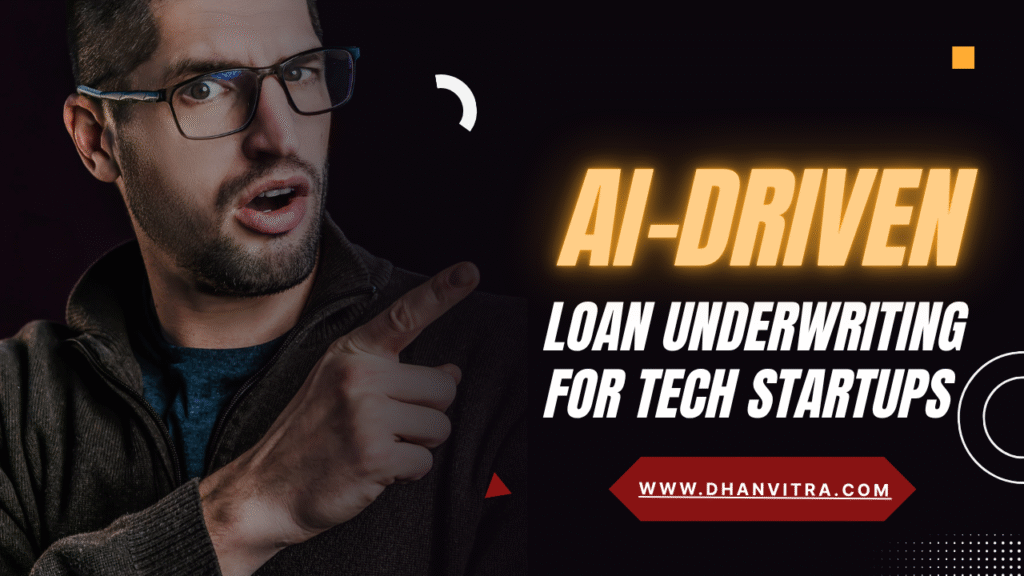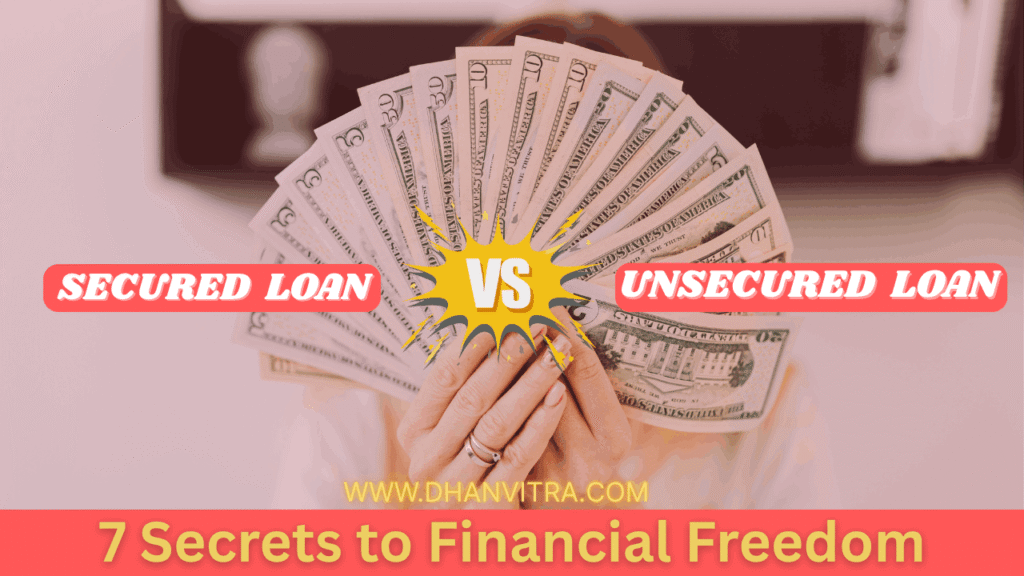
Hey there! Welcome to Dhanvitra, your trusted space for easy-to-understand finance insights. We believe managing money shouldn’t feel like decoding rocket science. Whether you’re planning your first big purchase, juggling debts, or simply exploring better ways to grow your wealth, Dhanvitra is here to guide you step by step.
Today, let’s dive into something every smart borrower should know — “Secured vs Unsecured Loan: 7 Secrets to Financial Freedom.”
Ever wondered why some loans come with lower interest rates while others seem riskier but quicker to get? Or why do banks ask for collateral sometimes and not always? This guide breaks it all down in plain language — no jargon, no confusion.
We’ll explore what secured and unsecured loans really mean, how they work, and most importantly, how you can use them to reach financial freedom faster. You’ll discover insider secrets about loan approval, interest rates, credit scores, and how to borrow strategically without falling into a debt trap.
Think of this as your roadmap to smarter borrowing — because when you understand money, you control it.
So, grab a cup of coffee and let’s uncover the 7 simple but powerful secrets that can help you make confident, informed, and financially free decisions with Dhanvitra by your side.
Table of Contents
What Are Secured Loans?
Let’s start with something simple. Imagine you need a large amount of money—say, to buy your dream home or a brand-new car. The bank agrees to lend it to you, but only if you promise something valuable in return. That “something” is called collateral. It could be your property, car, jewelry, or even savings.
A secured loan is a type of loan that uses your asset as security. It’s the lender’s way of saying, “We trust you, but we also need assurance.” If you repay the loan on time, your asset stays safe and untouched. But if you don’t, the lender can legally take it back to recover their money.
This kind of loan gives you a sense of balance—you get access to big funds, while lenders feel confident about getting their money back. Because of that security, you often enjoy lower interest rates, longer repayment periods, and higher loan amounts.
Think of it as a win-win deal—you get money for your goals, and the bank gets peace of mind. That’s why secured loans are often used for long-term investments like homes, cars, or business expansion.
What Are Unsecured Loans?
Now, let’s flip the coin. What if you don’t want to risk any assets? What if you just need a quick loan to cover travel expenses, education costs, or unexpected bills? That’s where unsecured loans step in.
Unlike secured loans, unsecured loans don’t require collateral. Here, your creditworthiness becomes your guarantee. The bank or financial institution decides whether to approve your loan based on your income, job stability, and credit score.
Because there’s no asset to back it up, lenders take on more risk. And higher risk usually means higher interest rates. The amount you can borrow is also smaller, and repayment terms are shorter compared to secured loans.
Still, unsecured loans are super handy when you need fast cash without any paperwork drama. Credit cards, student loans, and personal loans are perfect examples. They give you flexibility and speed—two things that matter most in modern financial life.
In short, unsecured loans rely more on your financial reputation than your possessions. Your word—and your track record—are your strongest assets.
Key Differences Between Secured vs Unsecured Loans
Here’s where things get interesting. Both loans serve the same purpose—helping you borrow money—but they operate on completely different rules.
In a secured loan, you trade safety for affordability. You pledge something valuable, which keeps your interest rate low and your loan approval easy. But yes, if you default, you could lose that asset.
In contrast, an unsecured loan is all about trust. No asset is involved, which means the lender takes a leap of faith. To balance that risk, they charge higher interest rates and may offer shorter repayment terms.
Secured loans are ideal for big, long-term goals—like buying property or expanding your business. Unsecured loans are perfect for short-term needs—like consolidating debt, funding a vacation, or handling an emergency.
So, the key difference lies in risk distribution. In secured loans, you take more risk. In unsecured loans, the lender does. Once you understand that, it becomes much easier to choose what fits your lifestyle and financial goals.
Secret #1 – The Power of Collateral
Here’s the truth: collateral is your golden ticket to better loan deals. It gives lenders the confidence they need, and in return, they reward you with lower interest rates and flexible repayment terms.
Let’s say you use your house as collateral for a home loan. The lender knows they have something valuable to fall back on. This sense of security translates into benefits for you—you borrow more, pay less interest, and enjoy longer repayment time.
Collateral doesn’t just help you secure funds; it helps you negotiate like a pro. When lenders see that you’ve got solid backing, you suddenly have the upper hand. You can discuss better terms, request customized plans, and even qualify for special offers.
But remember, collateral is powerful only when handled responsibly. If you fail to repay, you risk losing what matters most. So use this secret wisely—it’s about trust, not gambling.
In a way, collateral works like a safety belt—it doesn’t stop the journey, but it keeps you safe throughout the ride.
Secret #2 – Interest Rates Tell a Bigger Story
If there’s one thing that defines your borrowing experience, it’s the interest rate. It might look like a small percentage, but it tells a big story about your financial health.
Secured loans usually come with lower interest rates because your asset covers the lender’s risk. It’s like telling the bank, “Don’t worry, you’re safe with me.” And because they feel safe, they charge you less.
Unsecured loans, on the other hand, carry higher interest rates. Why? Because the bank is trusting only your promise to pay. The risk is higher, so the price of that risk—your interest rate—goes up.
But here’s the trick: if you’ve got a good credit score, steady income, and clean payment history, you can negotiate even unsecured loan rates. Financial institutions love responsible borrowers—they reward discipline with discounts and special offers.
So, before you jump into any loan, look beyond the numbers. That percentage rate is a reflection of how much trust you’ve built in the financial world.
Secret #3 – Build Credit Smartly
Let’s be real—credit is like your financial report card. It silently tells lenders whether you’re trustworthy with money. But here’s the secret: you don’t need a massive loan to build great credit. You just need smart borrowing habits.
Start small. Even a tiny personal loan or a secured credit card can help you shape a strong credit history. The key? Always repay on time. Missed payments can drop your credit score faster than you’d think.
If you have no credit history, a secured loan—like a car loan or gold loan—can be your best start. It’s easier to get approved because the lender feels safe with your collateral. Over time, responsible payments show that you’re reliable, and your score climbs higher.
Here’s another smart trick: keep your credit utilization ratio below 30%. That means if you have a $1,000 credit limit, try not to spend more than $300. It tells lenders you’re in control, not desperate for credit.
Think of your credit score as your financial passport. The better it looks, the more opportunities open up—lower interest rates, faster approvals, and even better job prospects in some cases. So yes, build credit smartly, and it will reward you for life.
Secret #4 – Understand the Risk Factor
Every loan carries risk—but the way you handle that risk defines your financial freedom. Let’s break it down simply.
With secured loans, the risk leans more toward the borrower. Why? Because if you can’t repay, the lender can take your collateral—your home, car, or jewelry. It’s a tough reality, but it keeps interest rates low.
In unsecured loans, things flip. There’s no collateral, so the lender takes the bigger risk. That’s why they charge higher interest rates and often check your credit history carefully. It’s their safety net.
Understanding this balance helps you borrow wisely. If you’re confident about a steady income, a secured loan may be a smart choice—it gives you better rates and more money. But if your income is irregular or your job feels uncertain, go for an unsecured option. Losing an asset isn’t worth the risk.
The bottom line? Always weigh the risk before you borrow. The smartest borrowers aren’t the ones who avoid loans—they’re the ones who understand how to control the risk that comes with them.
Secret #6 – Use Secured Loans for Growth, Unsecured for Flexibility
Think of your loans as tools in a financial toolkit. Each serves a purpose. You just need to know when to use which.
Secured loans are perfect for growth—the kind of growth that builds your future. Buying a home, investing in land, or expanding your business—these are long-term moves. Since secured loans offer lower interest rates and longer repayment terms, they’re ideal for building wealth gradually.
Unsecured loans, on the other hand, are your flexible friends. Need quick cash for medical emergencies, travel, or education? They’re fast, easy, and require no collateral. The approval process is simpler, which means funds reach you sooner when time matters most.
Here’s a smart approach: use secured loans to invest and create assets. Use unsecured loans for short-term needs or when you’re confident you can repay quickly. That balance gives you both financial growth and breathing space.
It’s like driving with two gears—secured for steady progress, unsecured for quick turns. When you know when to shift, you stay in control of your financial journey.
Secret #7 – Compare Before You Commit
Before saying “yes” to any loan, pause. This single step—comparing—can save you hundreds or even thousands of dollars.
Different banks and lenders have different rules. Some may offer lower interest rates, while others charge fewer processing fees. A little research goes a long way. Use online comparison tools; they’re free and fast. Just type “best loan rates in 2025” and you’ll see multiple options tailored to your credit score and country.
Also, don’t just focus on the interest rate. Look at the annual percentage rate (APR)—it includes every fee you’ll pay. Sometimes a loan that looks cheap at first can end up costing more due to hidden charges.
Another tip? Read reviews. Customer experiences often reveal what lenders won’t tell you upfront. Are they responsive? Transparent? Easy to work with?
When you compare before you commit, you make informed choices—not emotional ones. And in finance, that’s how true freedom begins.
Pros and Cons Summary
Let’s wrap it up simply. Both secured and unsecured loans have their strengths. The trick is knowing which one fits your moment in life.
Secured loans shine when you want stability and lower rates. They give you higher loan amounts and longer repayment terms, making them perfect for big goals—like buying a home or starting a business. But remember, the risk is real. If you default, you could lose your asset.
Unsecured loans win on flexibility and speed. They’re great when you need instant funds without paperwork or collateral. But they come with higher interest rates and stricter credit checks. So, if your credit score isn’t strong, approvals might take longer.
Here’s the truth: neither type is better. It’s all about your need, timing, and comfort with risk. Financial freedom doesn’t mean avoiding loans—it means using them smartly.
When you understand your money, control your credit, and borrow with purpose, you’re not chasing financial freedom anymore—you’re living it.
How to Choose the Right Type of Loan
Choosing the right loan isn’t just about interest rates or easy approvals—it’s about finding what truly fits your financial goals and lifestyle. Think of it like buying shoes; they may look great, but if they don’t fit, you’ll end up in pain. The same goes for loans.
Start by asking yourself one simple question: Why do I need this loan? If it’s for a long-term goal like buying a home or expanding your business, a secured loan often makes sense. You’ll get a lower interest rate, longer repayment terms, and higher loan amounts. But remember, you’re putting your asset on the line, so make sure you can handle the commitment.
If you’re borrowing for short-term needs—like a vacation, a gadget upgrade, or an emergency expense—an unsecured loan is your go-to choice. It’s fast, easy, and doesn’t require any collateral. However, these come with slightly higher interest rates and shorter repayment durations.
Your repayment ability matters most. Don’t stretch your budget too thin. Choose an amount you can comfortably repay each month without disturbing your daily life. Missing payments can damage your credit score and your peace of mind.
Also, check your credit score before applying. A good score can unlock better offers and lower interest rates. If your score isn’t great, work on improving it before you borrow—it’s worth the wait.
Finally, compare lenders. Don’t jump at the first offer you see. Use online comparison tools to check rates, hidden fees, and flexibility. Sometimes, a slightly higher rate with better customer service and no prepayment penalty can save you more in the long run.
In short, the right loan isn’t about luck—it’s about understanding your needs, risk level, and long-term goals. Make your money work for you, not against you.
Real-Life Example
Let’s look at two friends, Emma and Jack. Both wanted financial freedom but took different paths.
Emma decided to take a secured loan to buy her first home. She compared multiple lenders, understood her repayment capacity, and used her property as collateral. The lower interest rate and longer tenure made her monthly payments manageable. Over time, her property’s value increased, and she built equity while enjoying tax benefits.
Jack, on the other hand, chose an unsecured personal loan to start a small online business. Since he didn’t have collateral, the interest rate was higher, but he valued flexibility. His business picked up fast, and within a year, he repaid his loan completely. That boosted his credit score, helping him qualify for better offers later.
Both Emma and Jack succeeded—not because one type of loan was better, but because each chose what suited their goals. That’s the beauty of financial freedom—it’s personal. Your loan choice should align with your journey, not someone else’s.
Conclusion
Financial freedom isn’t about avoiding loans—it’s about using them wisely. When you understand the difference between secured and unsecured loans, you gain control over your finances. The 7 secrets we’ve shared—from knowing the power of collateral to comparing lenders—are the stepping stones to smarter borrowing.
Every decision you make with your money should serve your goals, not your fears. Whether you choose a secured or unsecured loan, make sure it empowers you, not limits you. Remember, loans are tools—use them to build your future, not bury yourself in debt.
Take time, plan smartly, and stay informed. That’s the real key to lasting financial freedom.
FAQs
Which is safer, a secured or an unsecured loan?
Both are safe when used responsibly. Secured loans offer lower rates but involve collateral risk. Unsecured loans are risk-free for your assets but come with higher interest rates.
Can I switch from a secured to an unsecured loan later?
Yes, it’s possible in some cases. You can refinance or transfer, but lenders will re-evaluate your creditworthiness before approval.
What affects my loan approval the most?
Your credit score, income stability, repayment history, and existing debt are the biggest factors lenders check before approving any loan.
How can I improve my credit score before applying?
Pay bills on time, reduce outstanding debts, and avoid applying for too many loans or credit cards at once. Consistent good habits can boost your score within months.
What’s the best loan for achieving financial freedom?
There’s no one-size-fits-all answer. A secured loan is best for long-term goals like property or education, while unsecured loans are great for flexibility and short-term needs. The best loan is the one that supports your goals without straining your finances.

